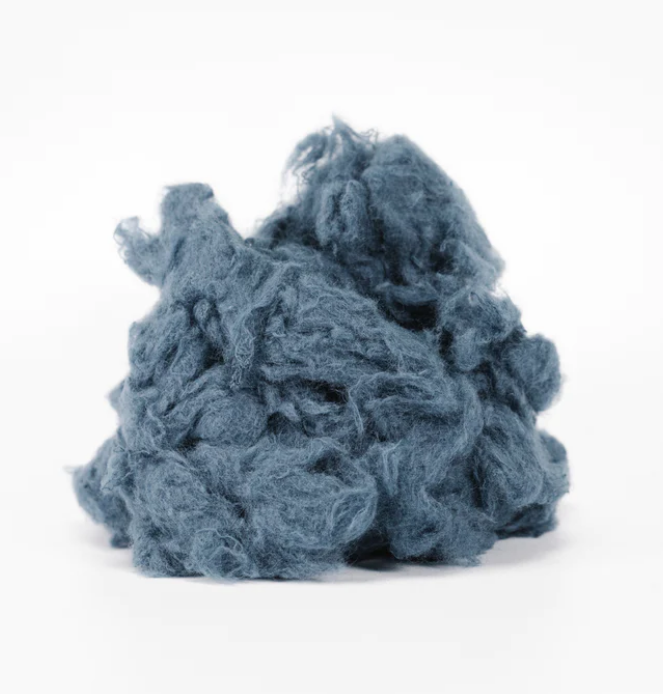How is recycled cotton manufactured?
Cotton that has been recycled is derived from industrial or consumer waste.
Products are first kept separate by category and color before being shredded into smaller pieces and then into crude fiber by a machine. Then it can be spun back into yarn and given a new life as a product.
More than 2700 liters of irrigation water can be saved per kilo of cotton recycled.
Recycled cotton reduces textile waste and uses far fewer resources than conventional or organic cotton. This makes it a very sustainable material choice.
Since recycled cotton is made of old clothing or textile scraps, the quality may be lower than new cotton. As a result, recycled cotton is frequently blended with “new” cotton.
Recycled Cotton belongs to SANE Approved Material List. SANE recognizes the certifications GRS for recycled fibers. For recycled cotton not certified GRS, the material production will need to be certified SANE by a SANE-accredited certifier.
A product made of at least 90% recycled cotton (or blended with other SANE Approved Material) and produced in a facility holding a SANE Scope Certificate is eligible to be certified SANE.
Copy partner: Sustain Your Style e.V.; Picture: MUD JEANS
Other sources: Yun Liu, Haihong Huang, Libin Zhu, Cheng Zhang, Feiyue Ren, Zhifeng Liu. The International Journal of Life Cycle Assessment. 2020. Could the recycled yarns substitute for the virgin cotton yarns: a comparative LCA;
